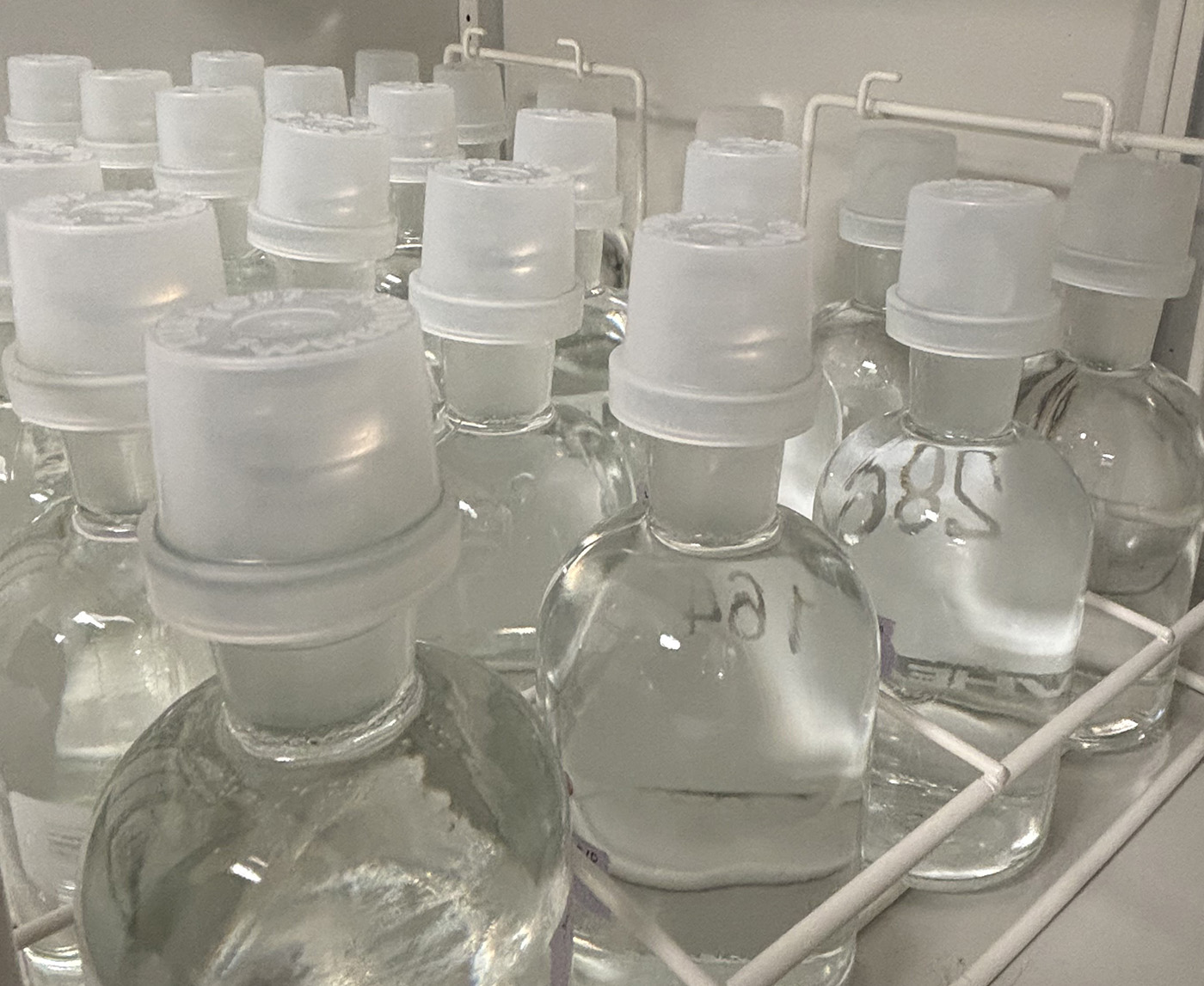Summary
ISO 11733 is an aqueous aerobic biodegradability test that determines the biodegradability of a material by measuring the removed dissolved organic carbon (DOC) or chemical oxygen demand (COD) under a simulated activated sludge condition. This test typically lasts for around 12 weeks.
The ISO 11733 Testing Method
To set up the ISO 11733 test, two parallel units are used, one that contains an organic medium as a blank control and another with the organic medium and the test compound. As the biodegradation process goes on, the DOC or COD removal can be measured. The measurements of these aspects will be compared between the blank control and the test compound, and the difference between the two is believed to be the contribution of the test compound.
This method is appropriate for many materials, however, it cannot be used with insoluble or volatile materials.
Here are some additional details about the ISO 11733 test method:
- Measurement: DOC (or COD) and/or the test substance itself
- Carbon source: Easily biodegradable organic medium (synthetic sewage) and test compound
- Duration: Normally 12 weeks
- Test systems: One system for test substance and one for blank control (to determine the degradation of organic medium)
- Blank control is not required if the substance itself can be measured
- Reference control: Not required, but the reference (e.g. adipic acid, 2-phenyl phenol, 1-naphthol, diphenic acid, and 1-naphthoic acid) may be added occasionally together with the test substance
- Mean hydraulic retention time: 6 hours
- Mean sludge age (retention time): 6-10 days
- Test substance dosage: 10-20 mg/L of DOC
- Initial activated sludge dosage: 10-20 mg/L of DOC
- Sampling: Filtration with membrane filters (0.45 μm) or centrifugation (40,000 m/s^2)
- Test substance requirement: Normally non-volatile and soluble, able to calculate DOC or COD
- Reproducibility: Errors usually within 10-15% for substances degraded more than 80% (lower degradation, larger error)
If You Are Looking for ISO 11733 Testing, Turn to Aropha
Are you looking for streamlined, efficient biodegradability testing? Aropha is here for you. We combine our digital twin simulation platform with lab biodegradability testing to provide accurate results. From measuring ecotoxicity to compostability to biodegradability of your products, we have the capabilities needed to provide you with detailed, end-to-end testing.
In addition to testing your products, we also can provide you with the test documentation necessary for certain eco-labels and regulatory agencies.
Contact our team today to get started.
ISO 11733 Requirement and Applicability
Different testing methods are applicable for materials with different properties. Below is a summary of the applicability of ISO 11733. Please check our Method Selection Guide to select the most appropriate method for your materials. You can also find the applicability for many other methods in our Resource Center.| Test | Analytical method | Sample info required * | Poorly soluble | Volatile | Adsorbing |
|---|---|---|---|---|---|
| ISO 11733 (Activated sludge simulation) | DOC and/or COD | Organic carbon content* and/or COD* | +/- | - | -/+ |
*“Sample info required” is the information needed to calculate the biodegradation percentages. This must be available for a selected method.
*“Organic carbon content” is the ratio of the organic carbon weight to the weight of the sample. It can be calculated by the sample formula (e.g., acetic acid C2H4O2, carbon content is 12*2/(12*2+1*4+16*2)=40%). Try our Online C% Calculator. If the formula is unknown, we can send the sample out to a third party lab for you for analysis (normally $110 with a 10-day turnaround time).
*”COD”: we provide COD analysis at Aropha.
Pricing
Contact us for High-Throughput Screening PricingContact us for Biodegradability Certification Pricing

